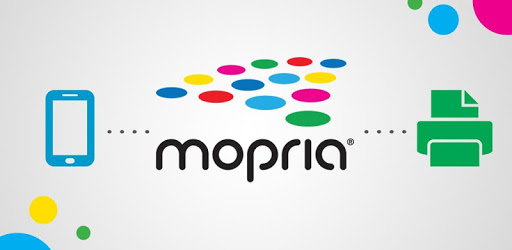The user is forced to turn on the computer every time he wants to print a document, photo or email. To overcome this, Apple and Google have integrated print functionality in the mobile operating system, with Cloud Print functionality available in Google Android and Airprint functionality in the Apple iOS system.
Rainer Schulte, from the German "Computer Bild" magazine, explained that the advantage of these functions is to send print orders to the printer via the wireless network (WLAN), but it requires the printer to support this standard. "If the printer lacks such orders, the print orders will not be executed," the German expert added.
If the printer and the mobile device are on the same wireless network, then CloudPrint or AirPrint - depending on the mobile phone used - will show the printer automatically, so the user can select it easily and start the printing process.
For his part, Rudolf Obetz, of the German technology magazine City (C't), confirmed that the data is not transmitted outside the local network.
The job requires "Google Cloud Print" to install its application on a smartphone, and the printer can be used via a wireless network, but the American company decided to stop this service by the end of 2020.
Other alternatives
There are many other alternatives to printing from a smartphone, including applications for companies producing printers, but one of the drawbacks of these applications is that the user has to control the document to be printed in the printer application first, and then it is sent to the printer.
Rainer Schulte explained that these applications work well with documents, which are stored in the smartphone memory or on cloud services, but the browser print function does not work most of the time.
In contrast to the AirPrint function on an iPhone, the manufacturers ’applications provide printers with a lot of additional settings such as print quality. To do this, the documents to be printed must be stored in the photo album or device memory.
Moreover, there are applications from other companies that work with as many printers as possible. "Unlike the applications of printer companies, these are often not free," Opitz added.
Auxiliary Applications (Plug-in)
Plug-in applications are another way to print from a smartphone or tablet, and these applications have been developed by printer manufacturers and other companies. These apps come without a user interface, and are often free, and can be installed just like regular apps from the respective application store, Obetz said.
When establishing contact with the printer, it transfers the requested paper size, color, and print quality. "These applications usually rely on cloud computing services to perform the processing operations," Opitz added. The German expert advises against using such applications with important content and sensitive data, since this data is processed on Internet servers.
Mopria App
Mowbria is another Android solution in the category of auxiliary applications, and this application was developed by a consortium that brings together the companies Canon, HP, Samsung and Xerox.
This consortium aims to unify the standard of printing from mobile devices, and all well-known companies in the field of software development and printer production such as Adobe, Microsoft and Qualcomm have joined the Union of Mupria.
Regarding print quality, Opitz said, "It may happen sometimes that the application of the add-on is printed from the producing company better than the application of Mowbria or vice versa."
Therefore, the German expert advises the user to experiment with the application, in addition to the fact that many companies producing printers provide their own cloud computing services.
The printer gets its own email address, so the user can send anything they want to print to this email, so print orders can be issued on the go, when the printer is at home and connected to the Internet.

